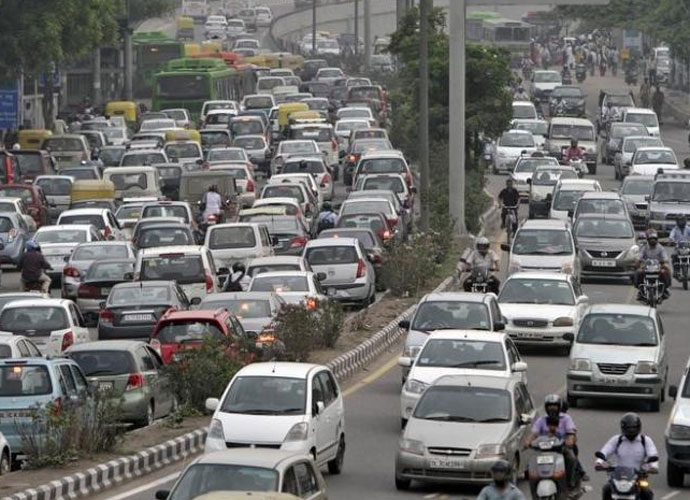National Pollution Control Day: Delhi’s toxic smog is a wake-up call

Delhi's smog came as a reality check of the pollution that exists in big cities and the urgent need to stop it in its tracks right away. The national capital faced its worst spell of smog in two decades, when air quality dipped to hazardous levels.
Persistent smog blanketed the city in the first week of November, right after the cracker-bursting spree of Diwali. Air pollution was 40 times higher than the permissible safety limits set by the World Health Organization (WHO) and approximately 15 times higher than Indian standards.
The dense smog affected all - senior citizens, children, construction labourers, street workers, and sportspersons. Senior citizens plagued with breathing ailments have been particularly vulnerable.The Supreme Court had to step in to prevent the situation from spiralling out of control. Schools were closed, construction work stopped, and a coal-fired power plant near Delhi was closed.
This is not the end to Delhi’s woes. Thick fog has now descended on the national capital and adjoining areas, hitting road, rail and air traffic. Although fog is a natural phenomenon for the region during winters, due to high pollution levels, air has become a toxic mixture.
Living in the region is a health hazard, no less than staying on the periphery of a nuclear plant. According to a recent study, air pollution kills over 5.5 million people globally every year, and half of the deaths occur in India and China.
 |
| A WHO survey of over 1,600 cities ranked the national capital as the most polluted. (Photo: Reuters) |
Reasons behind Delhi’s toxic atmosphere
Firecrackers, vehicular emissions, construction activity, burning of crop stubble in areas around the city, smoke from fires used by the poor for cooking and heating, and industrial emissions have all contributed to the noxious air.
The rising migrant population and the failure of the administration to make adequate arrangements has also been a contributing factor. A WHO survey of over 1,600 cities ranked the national capital as the most polluted.
Governance and institutional mechanisms have failed
This is the utter failure of any urban planning and development worth its name. A smog episode would occur again unless solid measures are in place to prevent it. The government and administration need to pull up their socks.
Citizens too would have to take some responsibility to battle pollution. Pictures of children bursting crackers despite the deadly smog give little reason for comfort. Businesses also need to come forward and shoulder their corporate and social responsibility. They must reduce their carbon footprint drastically. Immediate and far-reaching reforms in development and urban governance are the need of the hour, particularly in the top six metros.
All said and done, the irony is that everybody knows the problems and solutions but little moves on the ground. Delhi’s toxic smog is a wake-up call. If India wants to script its growth and development story, the time to act is now.

